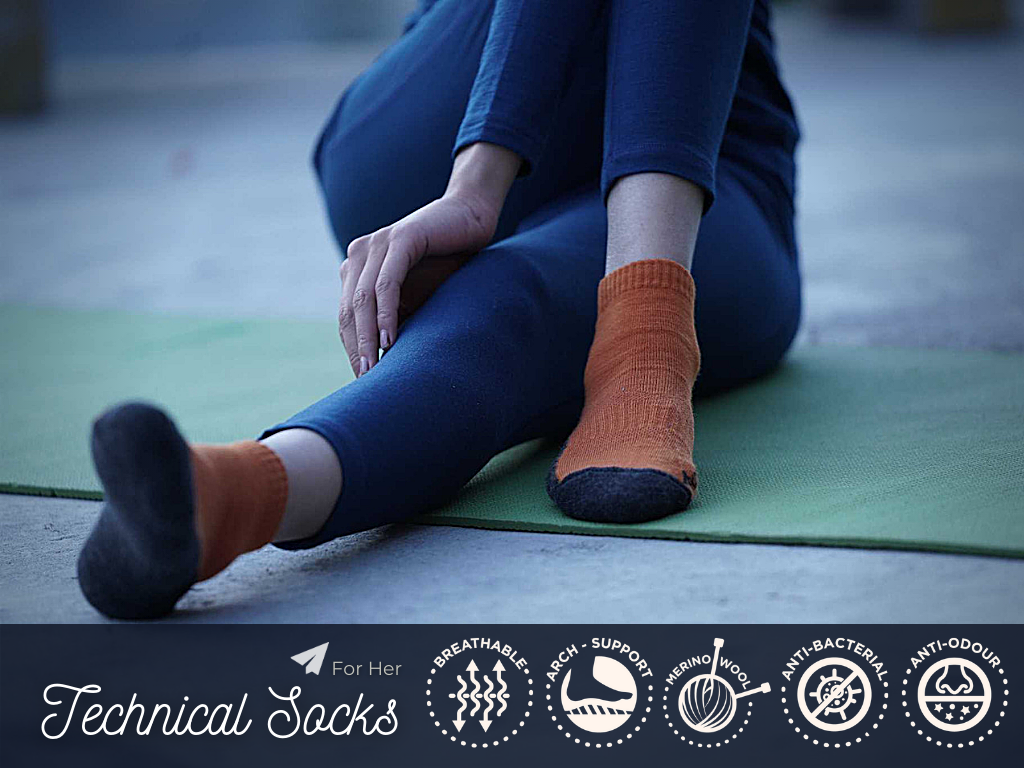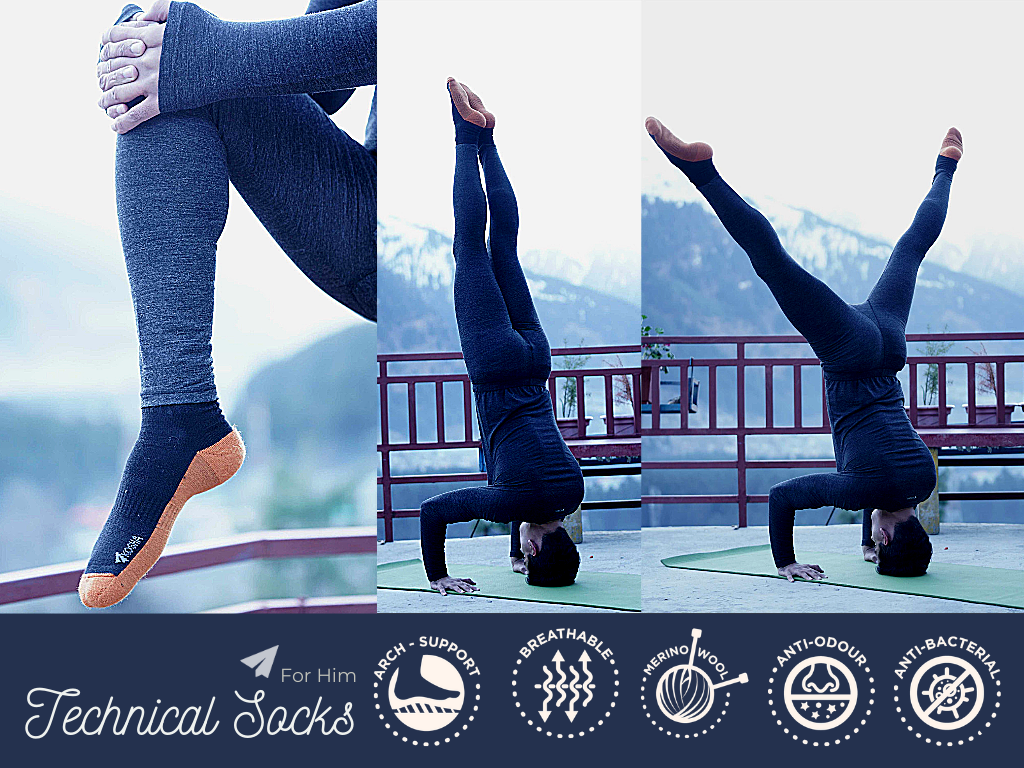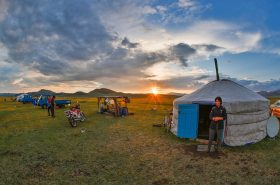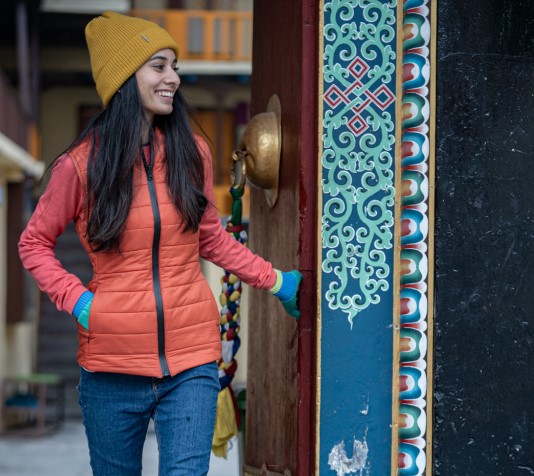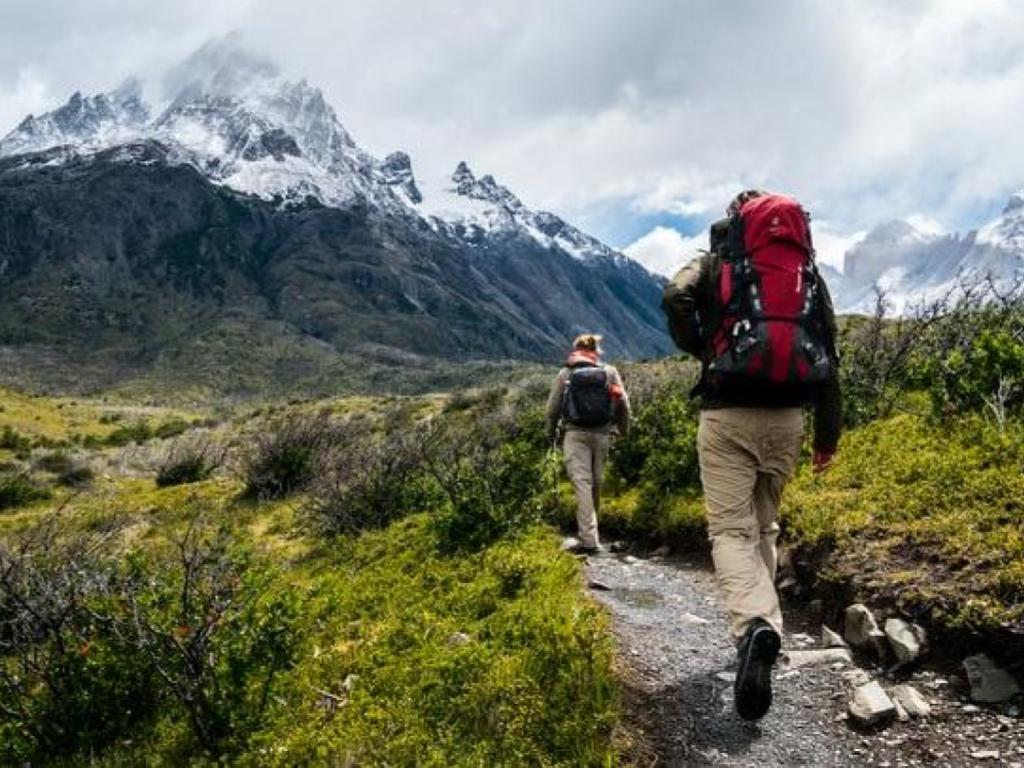
When was the last time you came back from a mountain trek with a dry pair of socks? Did your sore toes make your experience of witnessing a rare snowfall less magical? Well, it’s no secret that while mountain treks are rewarding and fulfilling in their own right, they come with their own baggage of difficulties, especially if you are an amateur trekker not used to the extreme weather conditions. The biggest challenge though, for most people, is to avoid having sore feet or staying blister-free throughout the trekking route. That is why, we went ahead and interviewed four professional mountaineers about their experience with sore feet, blisters and their advice on how to avoid them by taking good care of your toes, even an inch deep snow!
The Pre-Trek Checklist
Before we move on to selecting the right shoes and socks to protect our feet, let’s dive a bit into the dos and don’ts every trekker should follow before reaching the mountains. As Saini Krishnamurthy, a veteran of 200 treks in Maharashtra and over 15 in the Himalayas rightly points out, a medical kit with basic medicines for cold, headache, allergies, first aid, a thermometer and oximeter are a must before heading out of the home. In her own words –
“I cannot count the number of times that [medical kit] has saved not just me, but my fellow travellers from various injuries and ailments”
Prevention is indeed better than cure, especially on the trekking route!
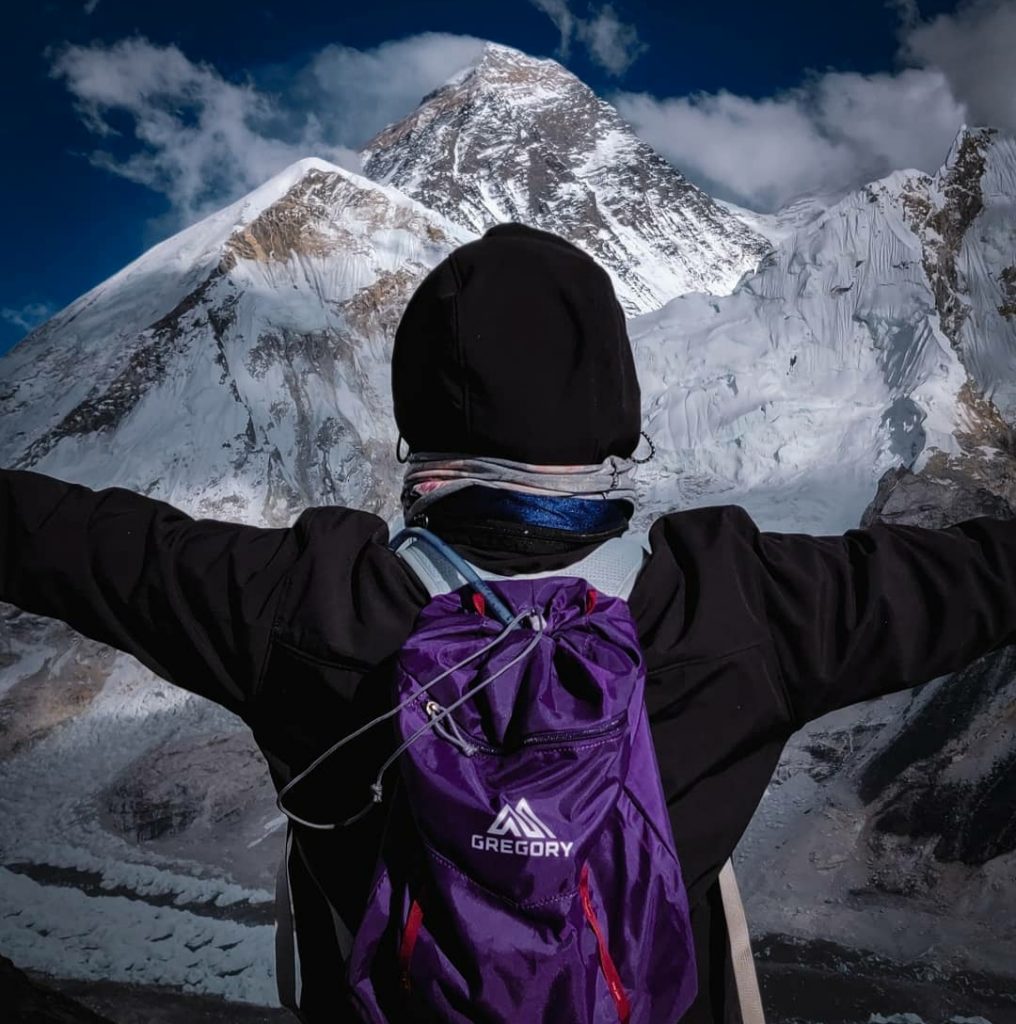
Saini enjoys the sense of accomplishment trekkers feel after scaling the world’s highest mountains, at Kala Pathari.
It’s also a good practice to divide your baggage into essentials and non-essentials so that you can minimize the latter (for eg.extra clothes, a large pack of toiletries etc.) as much as possible. Also, it’s fairly useful to walk for 15 minutes up and down the stairs with your backpack to check if you are comfortable, a fact agreed with most of the trekkers we interviewed.
Finally, as Saini mentions numerous times on her blog, it’s important to follow a layered clothing system instead of relying only on one thick jacket over their t-shirt. She also suggests to prioritize on the warmth with a base layer first, then a fleece softshell followed by a windproof jacket, and a padded down jacket for sub-zero temperatures.
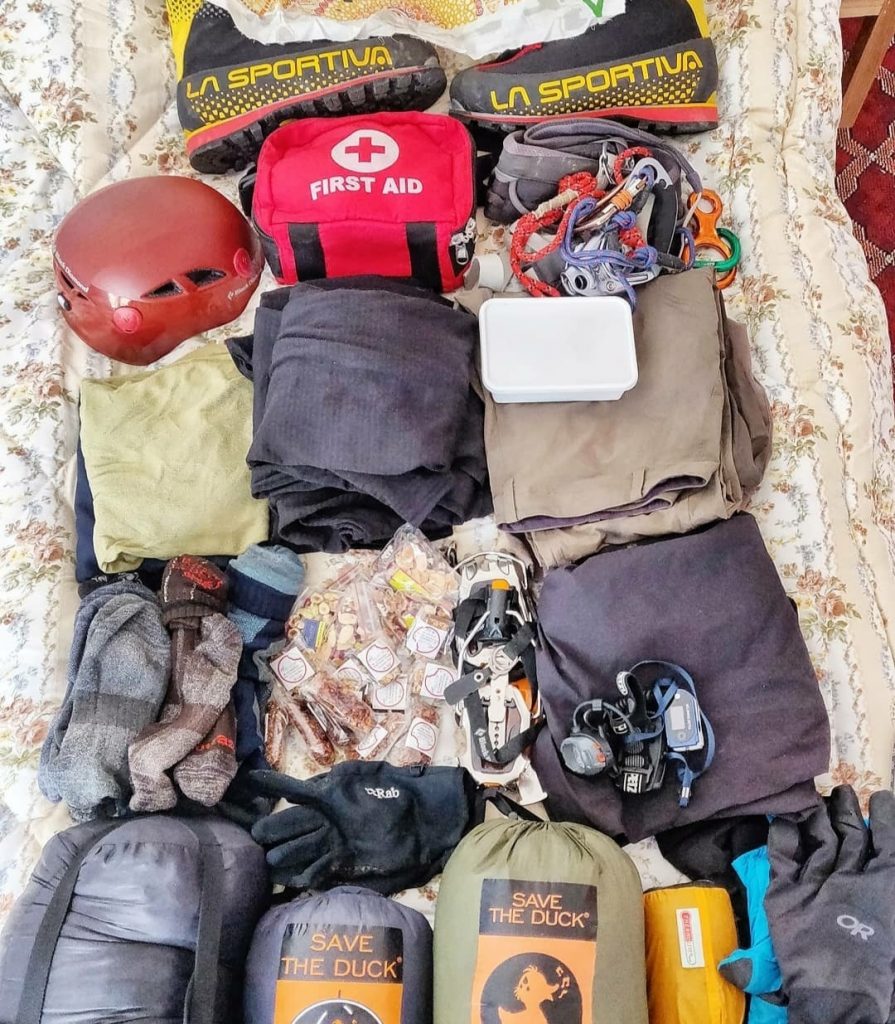
This is what a seasoned trekker’s backpack looks like before moving on to difficult terrains with little to no contact with the outside world.
Right shoes for the right feet
When you are planning to embark on a long trek in challenging conditions, it makes sense to spend time and research on a good pair of shoes that fits you well and serve well on the terrain you hike. Kuntal A. Joshier, who has climbed Everest both from North and South, being a vegan, prefers only synthetic fabrics both for his boots and socks and recommends the same to everyone.
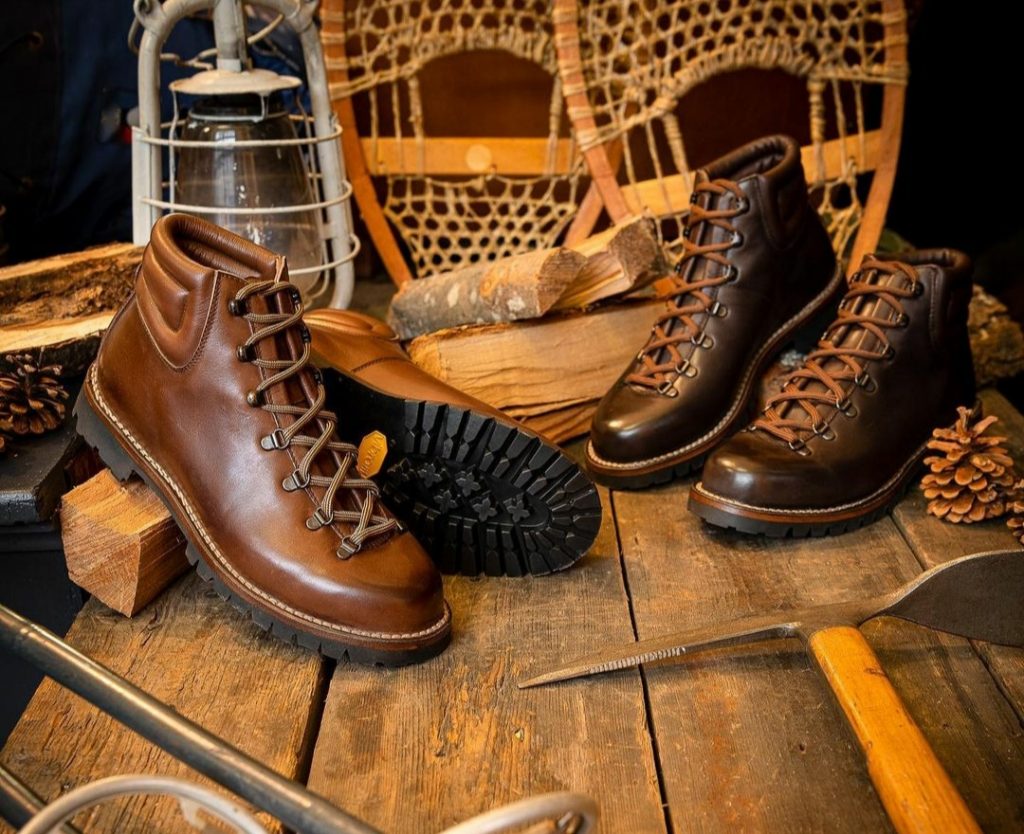
It’s always important investing in proper trekking shoes to prevent sore feet and blisters.
Abishai Dmello, a software engineer and an adventure sports enthusiast observes “Shoes are a very personal choice depending on what you are comfortable walking in, and how much load you are carrying“.
He believes that investing in proper hiking shoes(or trail runners) is the right way to go as your regular running shoes, although fairly comfortable, won’t last very long in hilly terrains. He further suggests the six-foot drills exercise for people with weak feet/leg muscles.
Vivek Tomar, a budding mountaineer from the Himalayan Mountaineering Institute, Darjeeling prefers waterproof shoes with tough material along with a hard sole and good wet & dry grip on the outside and fitting soft material on the inside for comfort. He stresses on the importance of the right shoe size because he believes that ill-fitted shoes are the biggest reason for blisters. He also highlights the importance of replacing regular insoles with foam or gel-based ones to prevent it from getting compressed after a few treks.
Keeping those feet warm
To protect your feet and compliment your shoes, we recommend a pair of merino wool socks to keep your feet dry and warm. You can also use powders/creams/tapes on your feet to prevent friction and moisturize your skin to prevent sore feet. Vivek also shares his experience from his mountaineering course in extreme weather conditions –
“So few things that helped my feet survive the extreme cold [ Snow and Ice Craft training in a glacier] those heavy ICE Boots (approx. 2.5 Kgs):
• Fresh Socks: I actually had more than 10 pairs of socks
• Regular use Anti-Fungal powder
• Regular feet cleaning (wiping with a wet towel if not washing)
• Preventing my shoes and socks to get wet during training and if that happens, making my feet dry and warm asap not to just prevent feet issues like frostbite but also to prevent it to make me prone other medical conditions such as cold and hypothermia.”
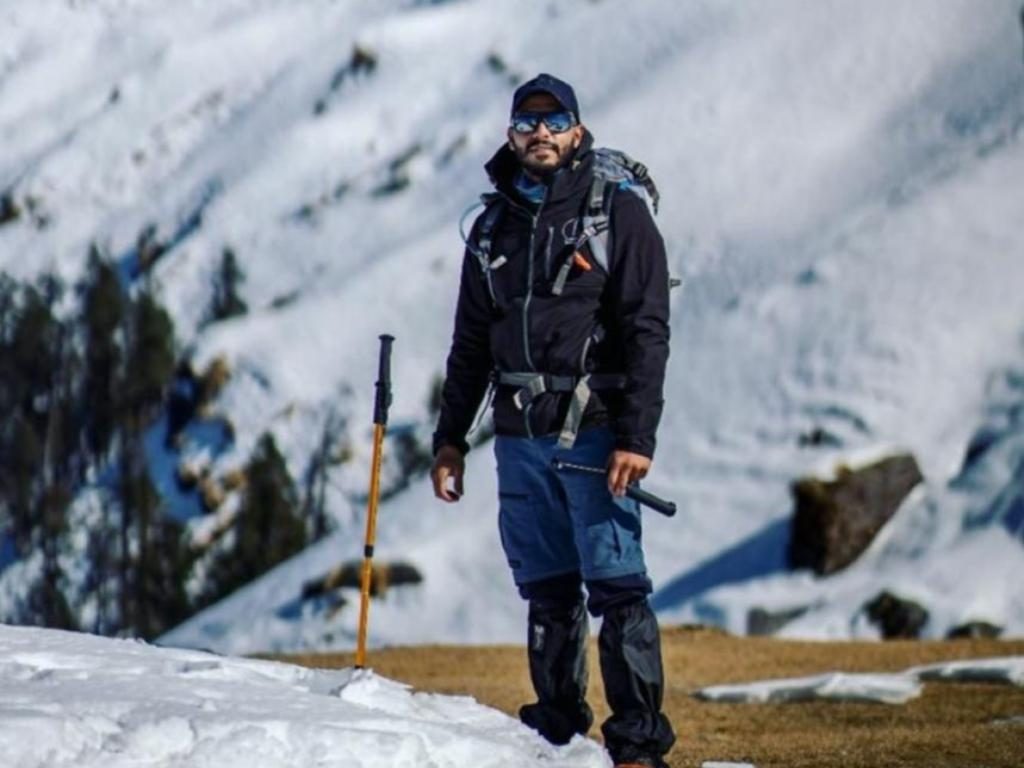
“Take only memories, leave only footprints” | Vivek Tomar on the Brahmatal Trek
Abishai, on the other hand, prefers snug fit knee-length socks with a generous amount of cushioning. He also recommends hikers to wear a fresh pair of dry socks every day, after washing their feet with mild soap or a light disinfectant.
He drives Vivek’s point of carrying an extra pair of socks further home by sharing his own experience on the difficult Chadar Trek –
“I have always carried more than one back up pair of socks and I was glad I did when my feet slipped into the freezing cold waters of the Chadar Trek. With the help of guides, we quickly took out the gumboots and socks, dried our feet by a small fire, put on a fresh pair of socks and were able to continue hiking.
Fun fact: the wet socks were frozen rock solid by the time we reached the next camp and I had to resort to using the kitchen stove to dry them, not surprising given the sub-zero temperatures.”
Say No to Blisters
All of us have surely gone(at least once) unprepared on a trek and ended up with hotspots, blisters or just sore, tired and stinky feet which had made our trip miserable. Blisters are undoubtedly a trekker’s biggest enemy because they make walking, the most important aspect of a hike, the most painful one. Kuntal A. Joshier advises trekkers to carry a roll of medical grade tape in their backpack to treat blisters on the go.
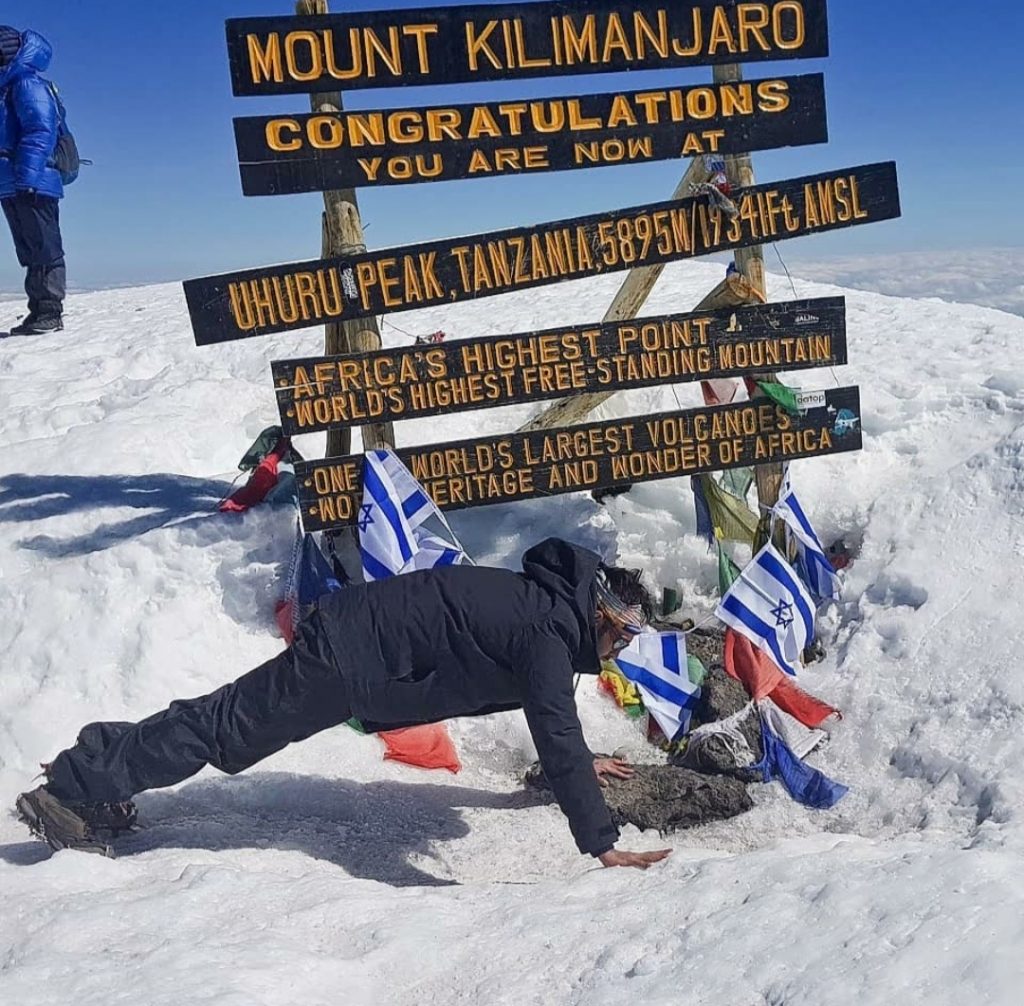
Kuntal. A. Joshier had always fancied doing pushups on top of the highest free-standing mountain of the world-Kilimanjaro in Tanzania.
Abishai Dmello also believes preventing blisters is better than curing them. He opines that since blisters are caused by friction, pressure or by heat and moisture, travellers must be proactive to not ignore any soft sore or pressure spots that develop during hiking and take extra care to examine areas behind the ankle on the sides or under the forefoot. He strictly recommends against draining blisters out as it opens up the area and can lead to an infection.
Finally, the experienced trekker, Vivek Tomar shares some useful tips to prevent blisters –
“Have a good pair of shoes that fits properly
– Always keep your feet dry
– Use socks designed especially for hiking or trekking (these have patches for blister prone areas)
– In case you feel a rub or friction from any part of your shoe: use a bandage, cotton, etc. to cover that area to avoid continuous friction
– Personal tip, can also use Vaseline or any other jelly to prevent friction”
We believe that through the different experiences these 4 professionals shared, one thing stands out- Prevention and prior preparation are way better than finding a cure in the difficult terrain you are trekking on. So while you plan your next hiking trip on the snow-clad Himalayan regions or the difficult terrains near your state, make sure to invest in the right boots and the perfect merino wool socks before heading out of your home. Also, remember to include medical-grade tapes in your medical kit and follow the tips above to reduce friction while trekking to protect yourself from blisters and sore feet, which can otherwise turn your hard-earned weekend hiking trip into a nightmare!
Follow these inspirational explorers over at Instagram to keep up with their latest journeys: Kuntal A. Joshier, Saini Krishnamurthy, Abishai Dmello, Vivek Tomar.
Shop your arch support Merino socks and more from www.kosha.co | Share your adventures & experiences with us by tagging us @koshatravelwear on Instagram, Facebook, LinkedIn, Pinterest and use #mykoshastory!
This post was written by Team Kosha member: Aditya Das.
